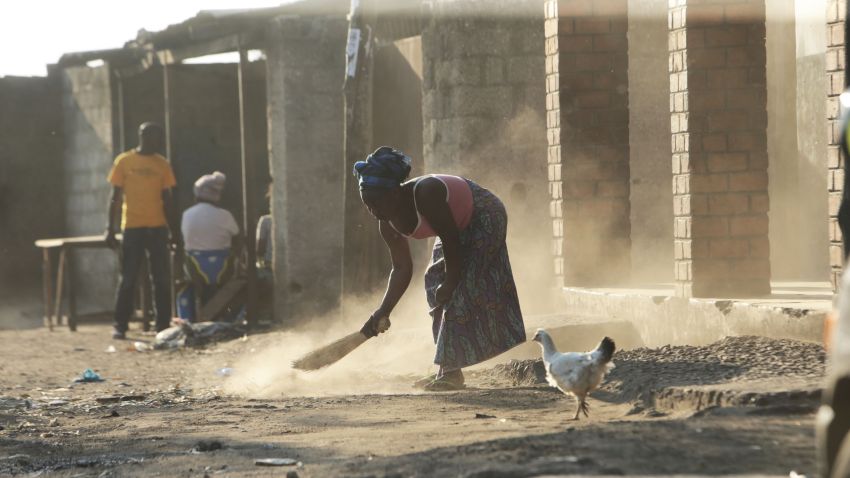The world’s poorest countries have yet to regain their pre-pandemic development levels, as the gap in health, education and wealth between the world’s most-developed and least-developed economies reached its highest level in almost a decade, the U.N.’s Development Program said yesterday. In the decades prior to 2020, rich and poor countries advanced at similar rates, but their trajectories now appear to be drifting apart. (Washington Post)
Our Take
Four years ago, the COVID-19 pandemic amplified the structural disparities between the Global North and Global South, both exacerbating and highlighting the issues facing the world’s poorest countries. Those issues had long been present before the pandemic. But the pandemic brought them to the forefront of global politics, making them impossible to ignore.
The disparity was most obvious in 2021, as COVID-19 vaccines began to roll out. In what became known as “vaccine apartheid,” the world’s wealthiest countries paid high prices for more doses of the shot than they needed, making it nearly impossible for poorer countries to access the game-changing vaccines. Wealthier nations did make a belated effort to distribute doses to Global South countries. But even then, that effort was so small compared to the need, and its effect so negligible, as to make it a token gesture.

